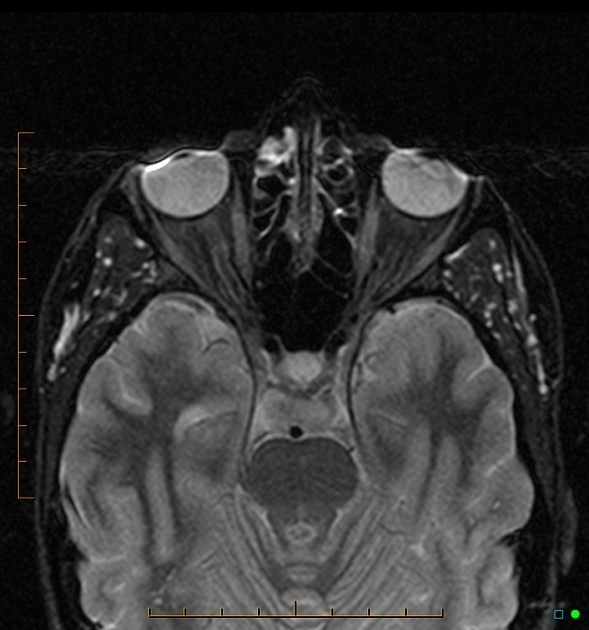

In the worst case, this can lead to burns", says Nikolaus Weiskopf. It can then happen that the tattoo heats up. In this case, the tattoo may absorb much of the energy of the high-frequency field, which would normally be spread out more widely. That happens to correspond to the resonance lengths of conductive structures similarly sized as tattoos. "High-frequency fields usually have a frequency of a few hundred megahertz. This is an issue because in MR imaging, high-frequency magnetic fields are used to generate the images by effectively labelling protons.

Many of the color pigments are also conductive. However, it is another potential interaction which may represent, from the experts' point of view, a far greater risk. The strong magnetic fields involved in the procedure can interact with these small particles, which in turn can lead to a pulling sensation on the tattooed skin. Why? The tattoo ink can contain pigments that are ferrous and therefore magnetic. It is possible that the pigments in tattoos can interact with the static magnetic field of the scanner. Reports of adverse reactions are usually based on individual cases and describe two different reactions. Until now there has not been a systematic prospective study on how safe it is to be scanned in an MRI scanner with a tattoo. Indeed, millions of people with tattoos are scanned every year in hospitals and research facilities without any side effects. In the worst case, this can lead to burns Nikolaus Weiskopf The tattoo may absorb much of the energy of the high-frequency field, which would normally be spread out more widely. "Based on our investigations, we can now state, on the basis of meaningful numbers, that if a tattooed individual is scanned under the conditions tested in the study, the risk of side effects is very small." the physicist explains. At the time, there simply was not enough data to determine the likelihood of tattoo-related side effects arising from MRI examinations." His former colleague in London, Martina Callaghan, completed the study after Weiskopf left London to become director at the MPI CBS in Leipzig. The first prospective study with statistically verifiable numbers has now been presented by a research team led by Nikolaus Weiskopf in the prestigious New England Journal of Medicine.Īccording to Weiskopf, Director at the Max Planck Institute for Human Cognitive and Brain Sciences in Leipzig (MPI CBS), "…the most important questions for us were: Can we conduct our studies with tattooed subjects without hesitation? What restrictions may exist? At the Wellcome Centre for Human Neuroimaging, part of Queen Square Institute of Neurology at University College London, where I started the study in 2011, there were increasing numbers of volunteers with tattoos. Yet, if tattooed people are to be examined with magnetic resonance imaging (MRI), the question often arises of how risky the procedure is for them.


 0 kommentar(er)
0 kommentar(er)
